What Is The Red Material Found On Uranus’ Moons?
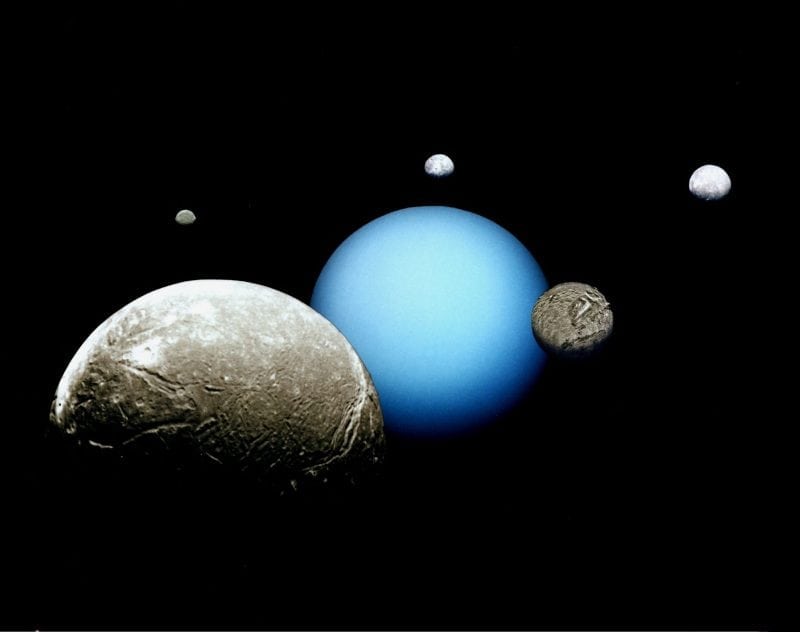
The seventh most distant planet in our Solar System, Uranus, is orbited by the mid-sized regular satellites Miranda, Ariel, Umbriel, Titania, and Oberon (Figure 1)….
Read more

The seventh most distant planet in our Solar System, Uranus, is orbited by the mid-sized regular satellites Miranda, Ariel, Umbriel, Titania, and Oberon (Figure 1)….
Read more
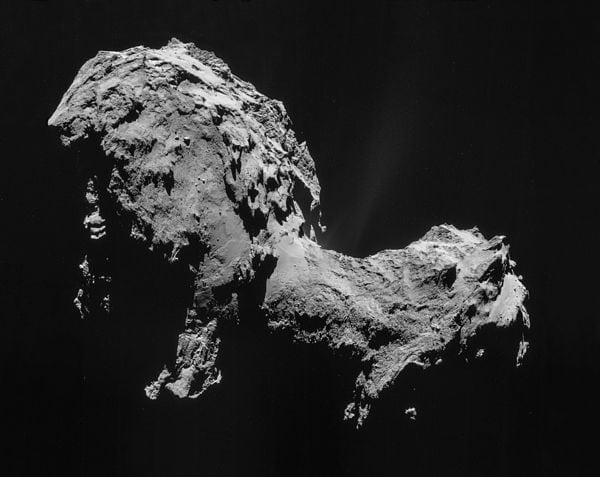
Photographs of the nucleus of comet 67P/Churyumov-Gerasimenko show its unexpected shape: two ellipsoidal blocks called the Head and Body, connected by a “neck.” On the…
Read more
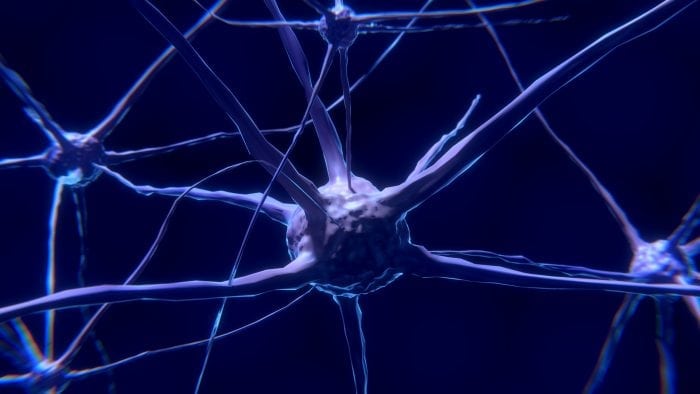
Machine learning (ML) and its parent, artificial intelligence (AI), hold the potential to transform the way we live and work. For many, AI remains a…
Read more
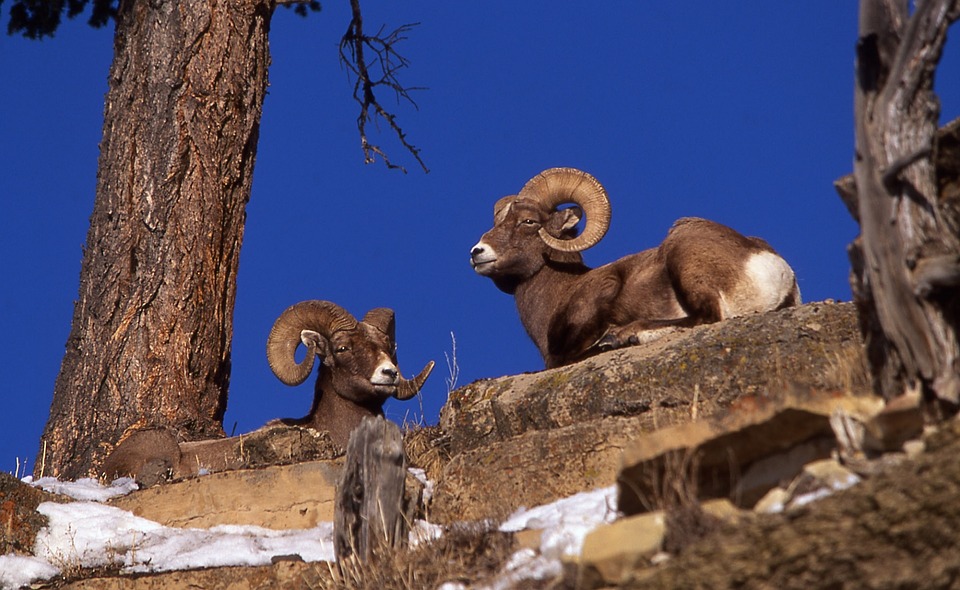
Social animals routinely mimic the behaviors of their social partners. This ubiquitous phenomenon is the cornerstone of group cohesion and effective group functioning. After all,…
Read more

Amyloids are fibrillar proteinaceous assemblies whose accumulation is a hallmark of several human diseases. Formation of amyloid fibrils occurs when protein monomers change their structure…
Read more

Researchers have used twins to investigate the influence of movement behavior on the development of permanent back pain — with astonishing results. Sooner or later,…
Read more
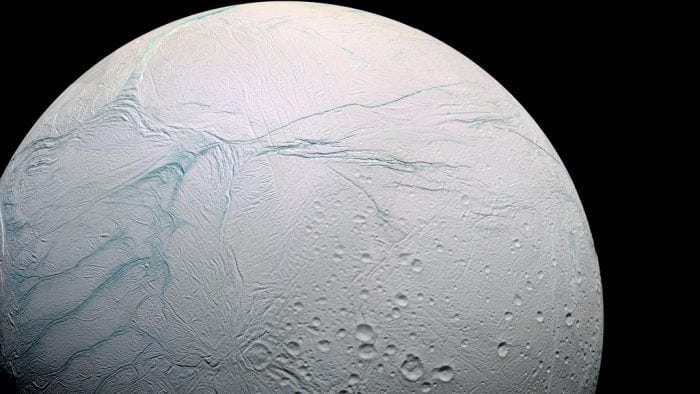
The icy satellites of the outer solar system pose numerous puzzles, one of which is sometimes referred to as the Mimas-Enceladus paradox (e.g., Czechowski &…
Read more

Every year in Canada, 1600 people are added to the organ transplant waiting list, but there are only 20.9 donors available per million people; as…
Read more

Having a major adverse renal or cardiac event (MARCE) is a calculable risk following cardiac surgery. As techniques for percutaneous coronary interventions (PCI) have improved…
Read more

Surgery for esophageal cancer (esophagectomy) is considered standard of care for patients with early-stage disease and can provide long-term survival benefits to the patients. These…
Read more

The linear molecules of DNA that constitute our genome are wrapped around proteins called histones to form “chromatin.” To fit the nucleus, chromatin must be…
Read more